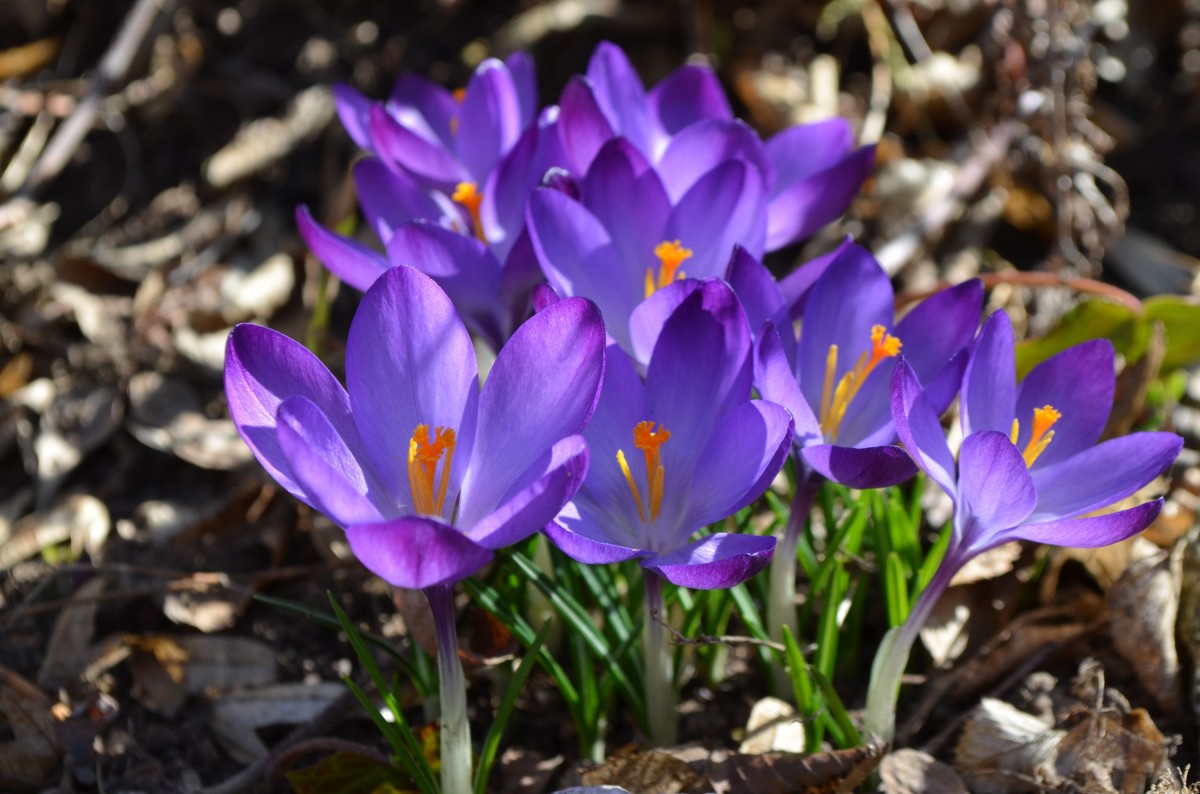The rose of saffron
In the Bible, saffron is only mentioned in the Song of Songs, as one of the most prominent aromatic spices, and with the aim of highlighting the beauty of the beloved.
11 MARCH 2018 · 11:00 CET

You are a garden locked up, my sister, my bride; you are a spring enclosed, a sealed fountain. Your plants are an orchard of pomegranates with choice fruits, with henna and nard, nard and saffron, calamus and cinnamon, …. (Song of Songs 4 : 12 -14)
The term “saffron” derives etymologically from the Hebrew term kurkom. The Aramaic word is kurkuma, in Arabic kurkum, in Greek krokos, from which we get the scientific name for the family to which this plant belongs (Crocus), while the scientific term for the spice (sativus) refers to the yellow-orange colour of the stamen and the pistil. Some 80 different species, distributed throughout North Africa, Europe and Asia, are known to belong to this plant family,
Oriental saffron (Crocus sativus) is the only flower to have been acclimatised by the Greeks and Romans in their respective historical periods.
It is a small plant, known and cultivated in the East in ancient times, which grows from a bulb the size of a large hazelnut. This bulb is covered with a fibrous earth-coloured tissue. The flower emerges from the bulb and forms a large tube which opens up in the shape of a purple coloured wine-glass. This flower is what is known as the famous saffron rose, made up of six elliptical parts, inside which there are three long yellow stamens, often tending more towards orange or even red. Inside the tube there is the style, a long filament whose yellow apex divides into three red strands, which are the cloves of the saffron. It is these little red threads that give saffron its commercial value, as they are used as seasoning for food, as a colouring substance, and for making perfume and medication.
As the part of the plant from which the product derives is so small, and so little of it can be obtained from each plant, the market price has always been very high: more than 182,000 flowers are needed for just one kilo of saffron. In the Mediterranean regions of Judea and Samaria, there is an abundance of white and yellow-flowered wild saffron, also known as winter saffron (Crocus hyemalis). These fragrant flowers appear after the first rains during the months of December and January, whereas the leaves appear later, easily recognisable on account of the narrow white strip along the midrib.
Among the traditional properties that saffron possesses, already known in the period of Dioscorides (a famous ancient Greek doctor and botanist who died in the year 90 AD) is that of provoking an abortion, if consumed in sufficiently large quantities. According to Dr. Font Quer, “The baby is saffron-stained, when it emerges from the womb, as are the amniotic liquid and the placenta. And the mother suffers such serious consequences that her life is at risk”. Despite this, if taken in small doses, saffron possesses certain stomach-related qualities such as stimulating the appetite, facilitating digestion and soothing gum pain in children, etc.
In the Bible, saffron is only mentioned in the Song of Songs (4:14), as one of the most prominent aromatic spices, and with the aim of highlighting the beauty of the beloved.
Published in: Evangelical Focus - Zoe - The rose of saffron
